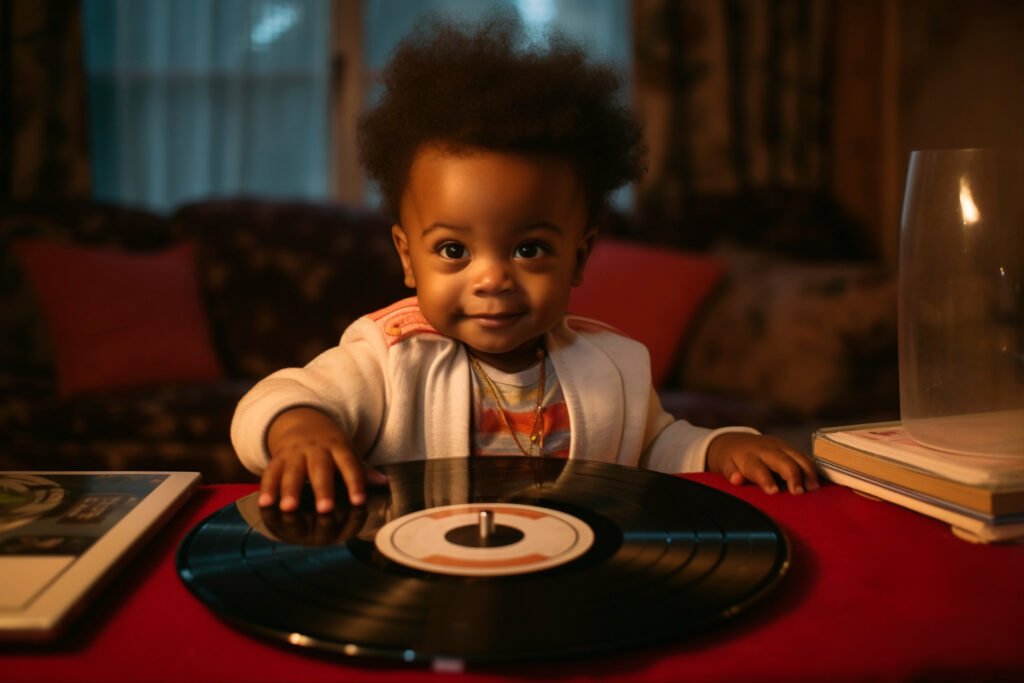July 1, 2024

Music, with its distinct blend of sound and rhythm, has long been acknowledged as an effective therapeutic aid in the medical, educational, and therapeutic communities. It has the ability to communicate in ways that other media cannot with the human body. Because of its potential for harmonizing our body rhythms with the rhythm of the music, a phenomenon known as entrainment power—the capacity to synchronize our body rhythms with the rhythm of the music—.
According to Sally Goddard Blythe’s article, “The Well-Balanced Child,” music is a child’s second language. She adds that a child’s initial language is movement, which progresses to spoken language as the infant investigates their movements and surroundings. Before a toddler can pronounce words, they express themselves by cooing and babbling, which use tone, pitch, and cadence. Babies imitate the rhythm of adult speech and the noises around us, creating a symphony of sounds that will later comprise their vocabulary.
Interestingly, listening to or singing along with music activates the same cerebral regions that we use for speech. This overlap gives a unique chance for therapists to help children who struggle with language and speech. For example, children with developmental disabilities, autism, and other difficulties frequently have trouble with communication and interpersonal skills. Music therapy can assist young children in developing both their relationship and emotional skills, as well as their communication abilities.
Music therapy has proven to be an effective tool for improving speech, language, auditory skills, balance, coordination, and emotional grounding in children. When music and movement are coupled, the brain is frequently stabilized and primed for further learning. Music and movement help organize the brain, so difficult concepts begin to make sense. Music therapy enables the development of higher-level skills such as problem solving, critical thinking, communication, speech, language, reading, writing, and math by regulating lower-level functions such as balance, coordination, vestibular, and auditory skills.

Parents can engage their children in simple music-related activities at home to harness the benefits of music therapy. Here are a few examples:
In conclusion, music therapy could be a crucial component in improving your child’s academic performance and overall development. It’s not just about learning an instrument or singing a song; it’s about using music as a medium to unlock your child’s potential.